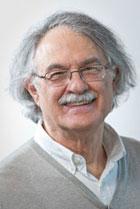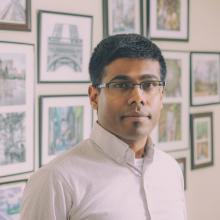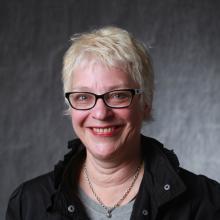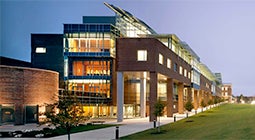
As rapid population growth and changing climate conditions put pressure on these critical resources, it is crucial to find new ways to protect and increase access to energy and to healthy food and water. Current CBIS investigations include sequestering carbon dioxide, preserving freshwater reserves using AI and data modeling, identifying new polymeric and synthetic membranes that are less attractant to organic matter, and developing unique architectural building blocks for supporting plant growth.
Faculty

Institute Professor of Chemical and Biological Engineering, Member, National Academy of Engineering



